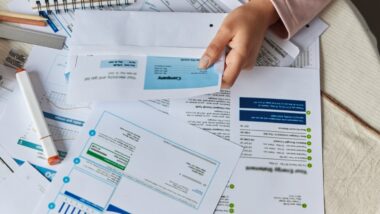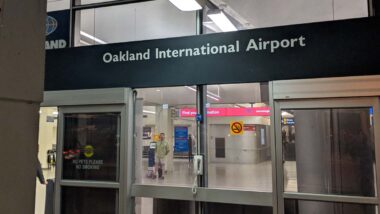Top Class Actions’s website and social media posts use affiliate links. If you make a purchase using such links, we may receive a commission, but it will not result in any additional charges to you. Please review our Affiliate Link Disclosure for more information.
Overview: Buy One Get One Deals
Buy One Get One deals are common across all of retail. These deals (sometimes simply referred to as “BOGO”) entice customers into purchasing a product with the promise that, if they do, they’ll receive another one for free. Sometimes, the terms of the deal mean that you get another of the same product for free, and other times, the store has a selection of items from which you can choose one that is of equal or lesser value.
If “Buy One Get One” deals seem too good to be true—in reality, that’s because they might be. So how is it that Buy One Get One sales are so wildly popular? And why do companies keep doing them?
When an item is “free,” studies have shown that we are far more likely to want the item—even if we had no interest in the product before the idea of it being free was introduced. This is known as the zero price effect, or the idea that the normal cost-benefit analysis we run through in our heads when making a purchase is thrown to the wayside when the possibility of getting something—anything—for free is brought in.
Well aware that throwing the word “free” into a deal encourages people to make purchases they otherwise never would, retailers have employed the use of BOGO sales for decades.
Despite the realities of what customers are actually getting for Buy One Get One deals, according to an AMG Strategic Advisors report, the majority of consumers say that BOGO deals are actually their favorite type of discount. However, there are a number of factors that often make BOGO pricing less good than it seems.
Deceptive Advertising
Retailers may use deliberately deceptive practices with their advertising and sales strategies.
In many cases, the products offered in a BOGO deal are either low in demand or quality. Moreover, retailers often mark the manufacturer’s suggested retail price (MSRP) up artificially to make the deal appear far better than it is, and also to recoup the loss of sale from the free item.
Retailers may also advertise an item being on “sale,” even though the item is never actually sold at the so-called “full” price.
BOGO Lawsuits
According to Consumer Reports, more than 150 lawsuits have been filed against dozens of retailers in the last few years over misleading BOGO deals. Companies included in BOGO lawsuits include Burger King, MyPillow, and VisionWorks.
The Burger King lawsuit alleged that the fast food chain purposely overcharged for breakfast sandwiches in a Buy One Get One offer from October 2015 to May 2017. Class Members who have receipts proving they were affected were eligible for a $5 cash settlement, and the settlement agreement included $185,000 in attorney fees, $10,000 in expenses, and a $500 service award for the class representative.
The MyPillow class action lawsuit also ended in a settlement, requesting $6 per pillow for each Class Member affected by MyPillow’s BOGO price markup.
If you were affected by a deceptive Buy One Get One sale where the price was artificially marked up, you may be able to file a class action lawsuit and pursue a monetary award.















